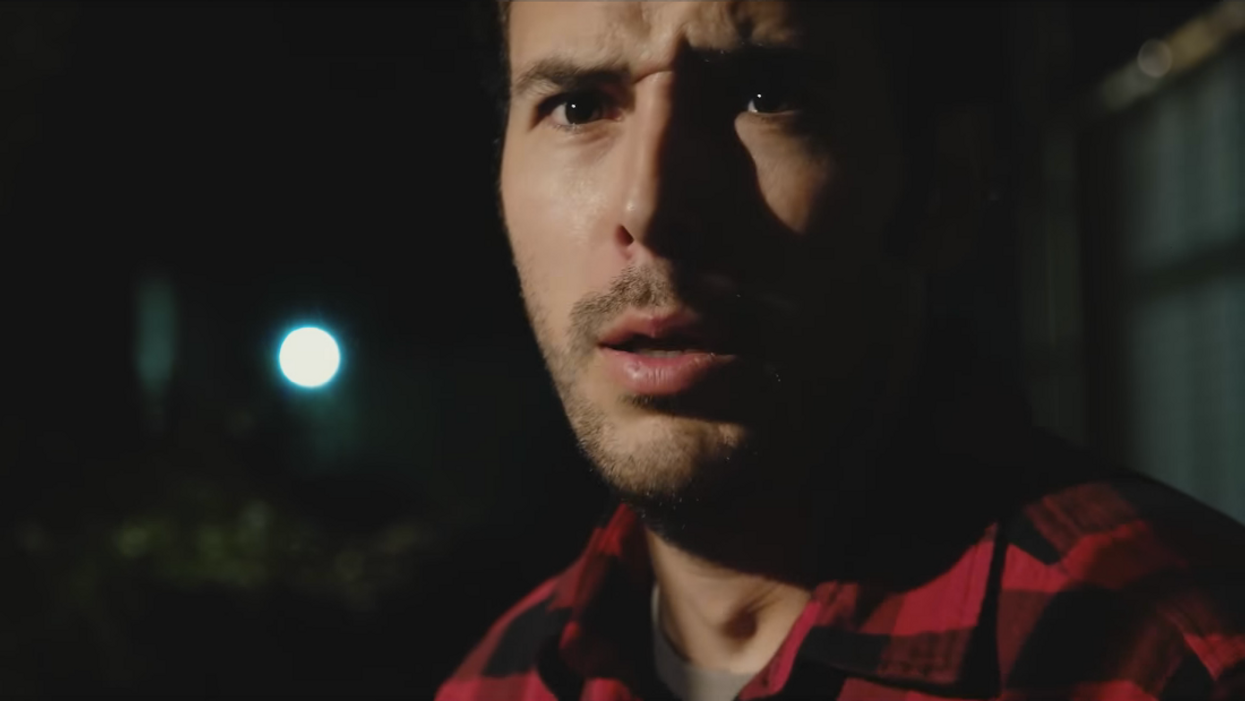6 Factors That Play a Huge Role in Designing Sound for Your Horror Film
Sometimes, hearing stuff is scarier than seeing stuff.

One interesting thing about horror film, at least in terms of how it compares to other genres, is how it relies so heavily on both the visual and aural side of filmmaking. To shock and terrify their audiences, horror filmmakers will not only utilize visual elements, like blood, gore, and super long cutlery, but sound elements as well, like screams, footsteps, and any number of ominous tones. This is why it's so important to understand how you can set the stage for your horror flick using sound design, which is something RocketJump Film School explains in this helpful video:
Though these elements technically apply to virtually all films, the horror genre (as well as thrillers, sci-fi, etc.) tends to take everything up a notch when it comes to sound. So, let's take a look at several concepts talked about in the video that you should pay special attention to when designing the sound for a horror film.
Backgrounds
The sounds that make up your background helps place your audience within your cinematic world. Does the scene take place in a large city or out in the middle of nowhere? Is it day or night? Are we on Earth or some distant planet with blood-thirsty aliens? Subtle sound effects like distant traffic, crickets, or extraterrestrial hums do the trick.
The Unseen Character
This is one of the tropes that is unique to horror film—the "unseen character." I haven't seen a scary movie yet that doesn't have one in at least one scene. So, how do you hide a character while revealing them at the same time? You hint at their presence by using sound: footsteps, like the T-Rex stomping in Jurassic Park, scraping and scratching, like Freddy's knives in A Nightmare on Elm Street, or off-screen dialog, like the phone conversations in Scream. And forcing your audience to hear them rather than see them helps build suspense and tension.

Tone
If a sound effect is the vehicle for dispensing information, tone is the packaging it comes in. Is this scene supposed to be scary, comedic, or ironic? The tone of a horror scene may seem obvious, but you should still pay close attention to what kind you're creating with your sound design.
Intent
Not all killers are the same; some are huge and lumbering, while others are crazy and ravenous. So, before you begin adding sound effects to your timeline, think about what kind of threat you're working with and then design accordingly. Your huge, lumbering monster may have slow, heavy footsteps and your crazy, ravenous one might be crashing into off-screen objects in its pursuit of your character's sweet, sweet sanguine life juice.
Proximity
The all too important detail in horror is this: how close is that monster to the character? Keep this in mind as you go about your sound design, but remember, the closer a threat is to your character the more anxious/scared your audience will feel, so if you want to build tension and suspense, you might want to keep some distance between the two and slowly bring the threat closer until BAM! Rusty chainsaw to the face.

Subjective Sounds
Subjective sounds are the whooshes, impacts, and other non-diegetic sounds that represent what the character hears in their own mind. To explain it more clearly, objective sounds are literal, subjective sounds are metaphorical. The video shows a couple of great examples of this: a whoosh represents the passing of a shadow, an impact represents the sudden arrival of the killer.
So, there you go—a handful of sound design elements to get you started. If you want to put what you've learned into practice, RocketJump Film School is sharing the horror scene from the video, as well as some links to free sound effects resources on their website. You can access them here.
Source: RocketJump Film School











